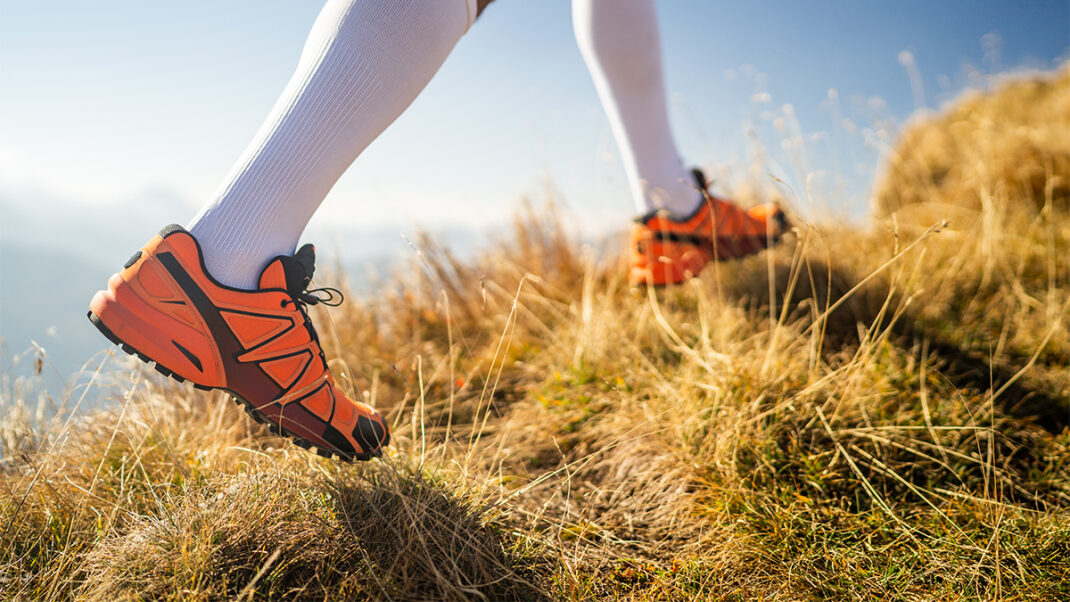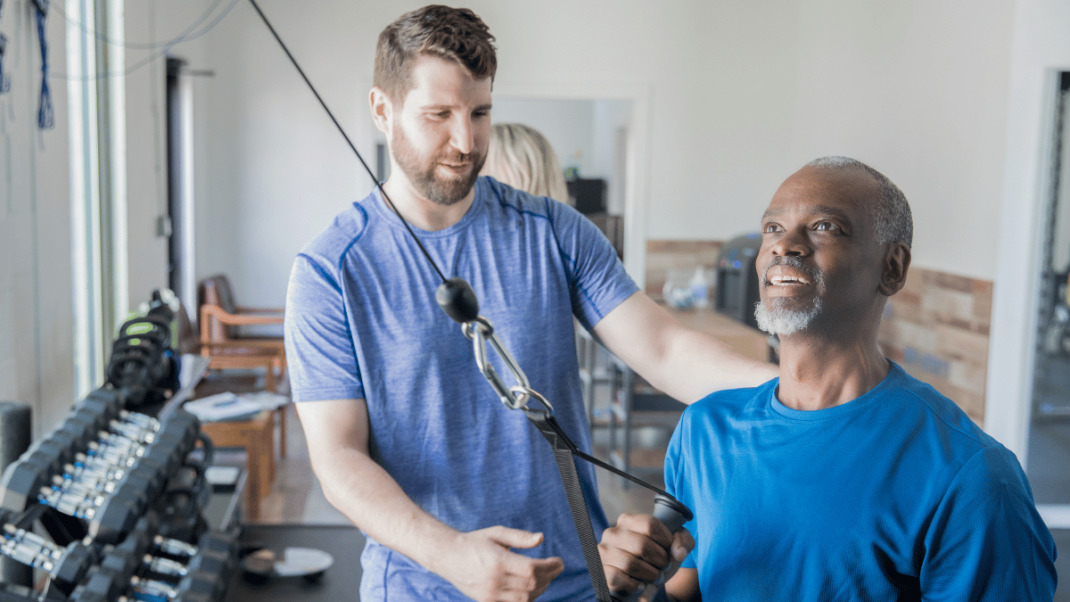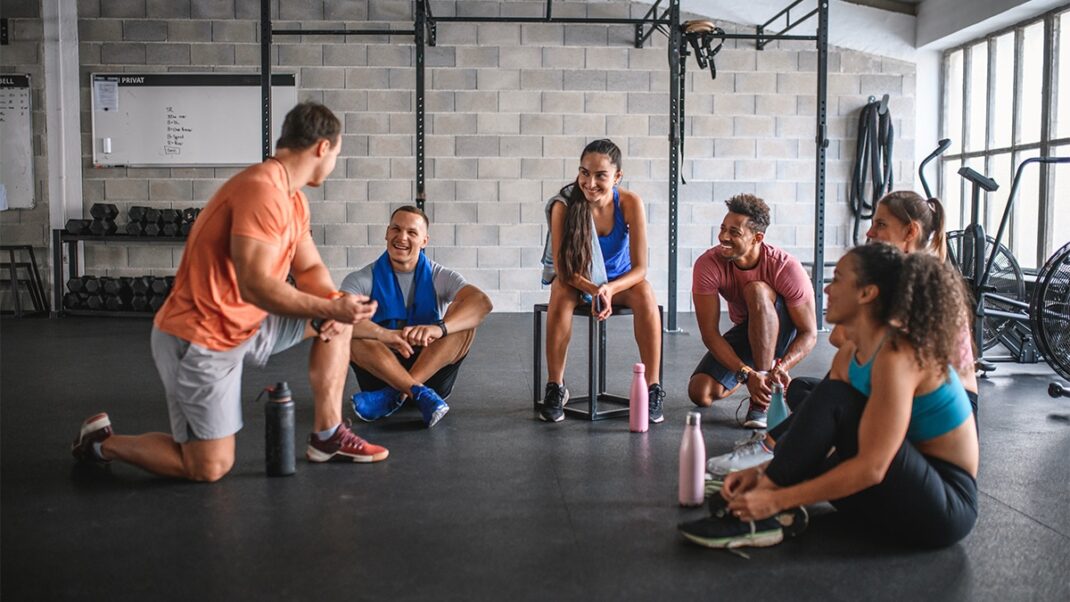Understanding Zero Drop, Minimalist, and Barefoot Shoes
What You Need to Know for Exercise and Everyday Health

Footwear has come a long way from simple leather sandals to highly engineered athletic shoes. In recent years, there has been growing interest in alternatives to traditional cushioned shoes, namely zero drop shoes, minimalist shoes, and barefoot shoes. Each of these categories emphasizes a more natural foot movement and closer connection to the ground—but they are not interchangeable. For individuals considering these shoe types for walking, cardio, or weight training, understanding the distinctions, benefits, and potential drawbacks is key to making an informed choice.
What Are Zero Drop Shoes?
Zero drop shoes refer to shoes with no height difference between the heel and the toe. Traditional athletic shoes typically have a raised heel, which can tilt the foot forward slightly. In contrast, zero drop shoes keep the heel and forefoot level, mimicking the natural alignment of a bare foot on flat ground.
Benefits:
The flat platform of zero drop shoes can encourage better posture, promote a more natural gait, and reduce stress on the knees and hips for some wearers (Warburton, 2020). They are especially popular among runners and lifters who want to reduce the heel elevation that can interfere with biomechanics.
Drawbacks:
For individuals accustomed to heeled or heavily cushioned footwear, transitioning too quickly to zero drop shoes may result in strain or injury—particularly in the calves and Achilles tendon. The lack of elevation means less shock absorption, which may not be suitable for people with specific foot or joint conditions (Lieberman et al., 2010).
What Are Minimalist Shoes?
Minimalist shoes include zero drop characteristics but go further by reducing the overall structure of the shoe. They typically have thin soles, minimal cushioning, and limited arch support. The goal is to allow the foot to move freely and engage muscles that traditional shoes might underuse.
Benefits:
Minimalist shoes can strengthen the small muscles of the feet and improve proprioception—the body’s awareness of position and movement. Research suggests that wearing minimalist shoes during running or walking may help improve foot strength and stride mechanics over time (Ridge et al., 2013).
For weight training, minimalist shoes provide a stable, grounded feel, which can be advantageous for exercises like squats and deadlifts where a solid base improves performance and reduces injury risk (McKeon & Fourchet, 2015).
Drawbacks:
Transitioning too quickly to minimalist shoes without proper adaptation can lead to stress injuries, such as metatarsal fractures or plantar fasciitis. The reduced cushioning also means less protection from impact forces, which may not be suitable for high-impact cardio activities for everyone.
What Are Barefoot Shoes?
Barefoot shoes are the most minimal category, designed to replicate the experience of walking or running barefoot while offering just enough material to protect against rough surfaces. These shoes usually have extremely thin soles, wide toe boxes, zero drop structure, and no cushioning or support.
Benefits:
Barefoot shoes promote natural foot mechanics and maximum sensory feedback. They may help enhance balance and foot mobility and encourage the foot’s intrinsic muscles to develop naturally (Lieberman et al., 2010). In strength training, especially for ground-based movements like deadlifts or kettlebell work, barefoot shoes provide an unmatched “connected” feel.
Drawbacks:
Because they provide almost no protection or support, barefoot shoes can increase the risk of injury if users are not well-adapted. They are also not ideal on rough terrain, and individuals with foot deformities or arch problems may find them uncomfortable or potentially harmful without guidance from a medical professional or trained coach.
Exercise Applications
Cardiovascular Exercise:
For activities like running, walking, and aerobics, minimalist or zero drop shoes can help promote midfoot or forefoot striking, which may reduce impact loading compared to heel striking in cushioned shoes. However, transitioning should be gradual to avoid overuse injuries. Studies show that runners switching to minimalist or barefoot shoes benefit from gait retraining and incremental mileage increases to adapt safely (Ridge et al., 2013).
Weight Training:
Zero drop and minimalist shoes are especially popular for weightlifting because they provide a flat, stable base. This stability improves force transfer through the feet during compound lifts, reducing the risk of imbalance. Barefoot shoes or even lifting barefoot can enhance foot activation and stability, though care should be taken in gym environments where foot protection is also a concern (McKeon & Fourchet, 2015).
Transitioning Safely
Whether moving from traditional to zero drop, minimalist, or barefoot shoes, the key is gradual transition. Muscles and tendons need time to adapt to different movement patterns and loading. Incorporating foot strengthening exercises, walking before running, and alternating shoe types can help reduce injury risk. Health professionals recommend a slow introduction period, often lasting several weeks or months, depending on the individual’s prior footwear habits and physical condition (Warburton, 2020).
Zero drop, minimalist, and barefoot shoes each offer unique benefits and challenges. They promote natural foot movement, greater stability, and a closer connection to the ground—qualities that can enhance both cardio and strength training when used properly. However, they are not one-size-fits-all solutions. Understanding the distinctions between them and approaching any transition mindfully can help users reap the rewards while minimizing the risk of injury. Consulting with a knowledgeable fitness or healthcare professional can provide added guidance tailored to individual needs.
References
Lieberman, D. E., Venkadesan, M., Werbel, W. A., Daoud, A. I., D’Andrea, S., Davis, I. S., Mang’Eni, R. O., & Pitsiladis, Y. (2010). Foot strike patterns and collision forces in habitually barefoot versus shod runners. Nature, 463(7280), 531–535. https://doi.org/10.1038/nature08723
McKeon, P. O., & Fourchet, F. (2015). Free your feet: Integrating barefoot training into injury prevention and rehabilitation. International Journal of Sports Physical Therapy, 10(4), 442–451.
Ridge, S. T., Johnson, A. W., Mitchell, U. H., Hunter, I., Robinson, E., & Brown, S. D. (2013). Foot bone marrow edema after a 10-week transition to minimalist running shoes. Medicine & Science in Sports & Exercise, 45(7), 1363–1368. https://doi.org/10.1249/MSS.0b013e3182874769
Warburton, M. (2020). Barefoot running: A brief overview and implications for practice. Podiatry Today, 33(5), 28–35.


